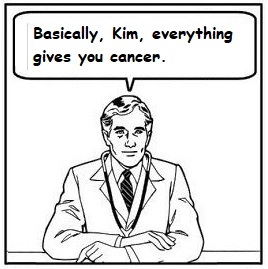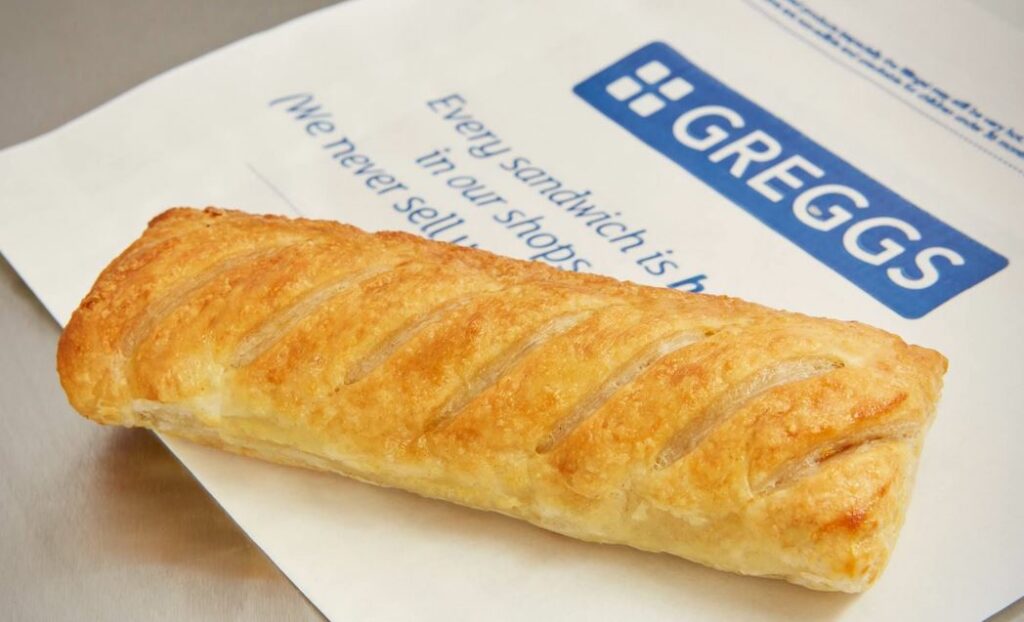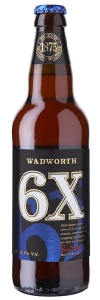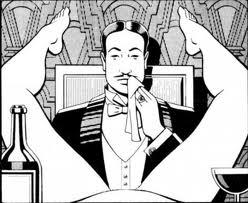Several people asked about this when I revealed that I have lost over 40lbs since October last year. My simple answer is “Ozempic” (which is true) but I need to give a little background, I think.
My long-suffering family doctor — a lovely man, by the way — has been hammering on at me about my weight for many years, yea even unto when it reached the upper-270s. I’ve always responded flippantly to his worries, saying that I’ll do anything to address that concern as long as it didn’t involve
- a change in diet, or
- exercise.
Well, it all caught up with me when after studying the results of my last blood tests, he informed me that I was developing Type II diabetes. He wasn’t kidding this time — I’d also developed the irritating-but-not-critical feelings of partial numbness in the soles of my feet, which is a symptom of diabetes and of advanced age (which is why you so often see old geezers wearing slippers around the house and sandals with socks outdoors — bare feet, apparently, are no longer an option lest one step on something sharp and doesn’t notice it).
Anyway, I still wasn’t interested in changing my diet or doing exercise, so he prescribed Ozempic. It’s a once-weekly self-administered jab in the stomach.
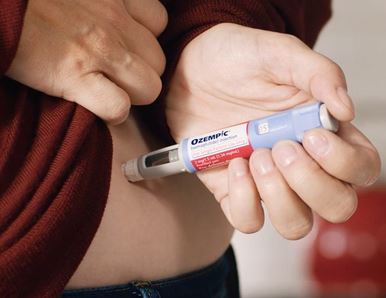
What it did for me was reduce my appetite by about 60%. Now I have to say that since my gastric surgery all those years ago, my appetite hasn’t been all that great anyway, but my food choices have been… deplorable.
What Ozempic did for me was reduce all food cravings — not eliminate them altogether, but make me less likely to eat (say) a whole slab of Dairy Milk over three days, and take two weeks to consume the same amount instead.
On regular foods, my portion sizes were reduced by about two thirds, and breakfast disappeared altogether, replaced by (maybe) a piece of cheese, a couple of grapes or a small handful of Honey-Nut Cheerios, and only if I felt really hungry. (“Peckish” disappeared completely.) I found myself becoming totally disinterested in feeding myself, much to New Wife’s concern.
Here’s the good part of all this: I have been feeling better. More energy, more stamina, and much less effort in just doing stuff like getting out of chairs or even just sitting up in bed. Some people have reported that change in body shape has also resulted in change of personality, but that’s bullshit. If your personality is going to change just because you’ve lost weight, then you have bigger problems to worry about.
Losing all that weight was a salutary event, but I was warned by FamDoc (and Doc Russia) that I needed to do at least some exercise because one of the side-effects of such radical weight loss is concomitant loss of muscle mass.
I’ve pretty much ignored that advice too, because to be frank, I’m heartily sick of my muscles. I’ve always been a beefy kind of guy, even at Army weight (210lbs) — and I’m quite frankly sick of having to find shirts with an 18″ collar (since leaving high school), trousers that look like bell-bottoms (calf muscles) and shirts with sleeves that squashed my arms into stovepipes. Cowboy boots? Oy, I’ve been forced to get boots that are a half-size too big just so I can get my calves (again) into them. Less muscle? Fine. I’m still as strong as I want to be — just this past weekend I helped Daughter pack some heavy stuff into her SUV, without any problems.
And so on. My clothes fit better and feel more comfortable, and I’m using the first hole on my belts rather than the last one. I may have to get some smaller clothes when I lose the last thirty-odd lbs I’m targeting, but then again maybe not. Whatever. If I end up walking around in baggy clothes, I don’t really care. New Wife, however, may feel differently about it, but I have enough clothes that I bought when slimmer (and never threw away) that I shouldn’t need to change much.
It’s not all sunshine and light, however. Belly fat has turned from a basketball into folds (okay enough under shirts, but ugh when uncovered), and my face has also become… well, droopy would be the best description. (I know I know, exercise… shuddup.)
Anyway, that’s the story of the film so far. Appalled by the cost of Ozempic, by the way, I switched to Rybelsus, which is a (foul-tasting) once-a-morning tablet, but it hasn’t worked as well, and I felt my weight starting to creep up again. “Never mind,” says FamDoc, “I’ll just up the dosage of the Rybelsus.”
Except that the increased dosage of Rybelsus is more or less the same cost as Ozempic (~$220 per month ugh) so as of this very morning, I’ve gone back to the weekly jabs in the stomach.
(As an aside, I should point out that I am easily one of the least-squeamish people on the planet, and sticking a microscopically-thin needle into my own gut every week doesn’t bother me in the slightest.)
I really don’t care what people think of how I look, and maybe this is why I’m so blasé about this whole Ozempic/weight loss thing. It was never about losing weight; it was all about dealing with Type II diabetes, and that’s about it.
As with all activities of this nature, what has worked (or not worked) for me may not be the same for you. So be my guest, if this is the road you want to walk down, but be careful.


